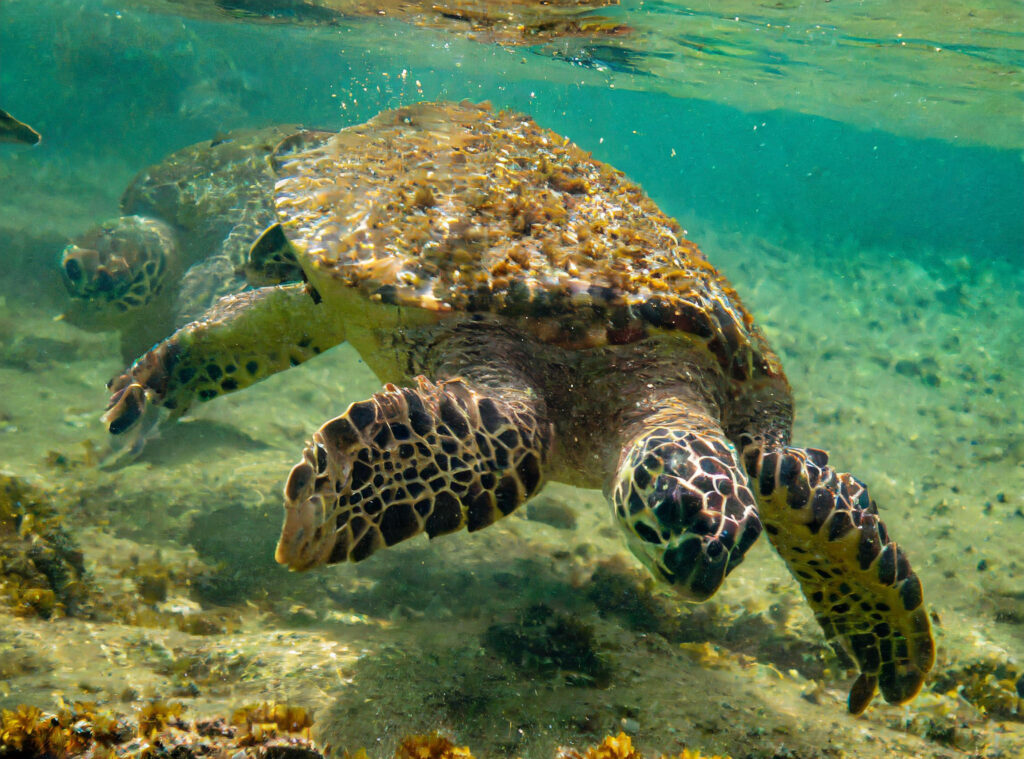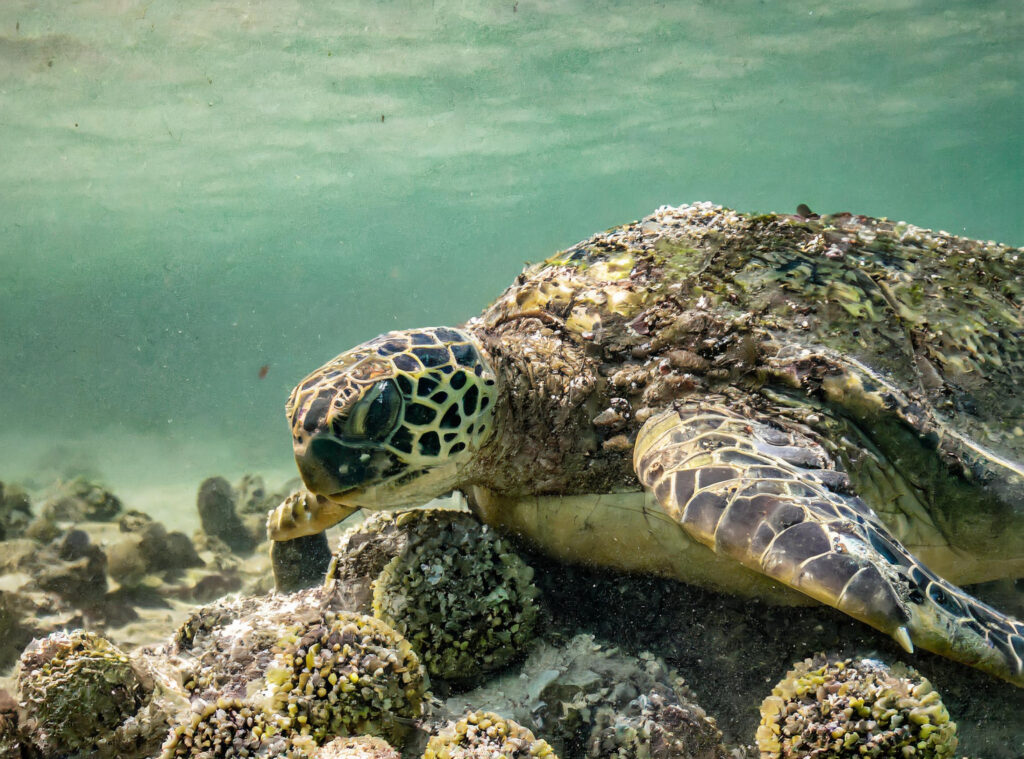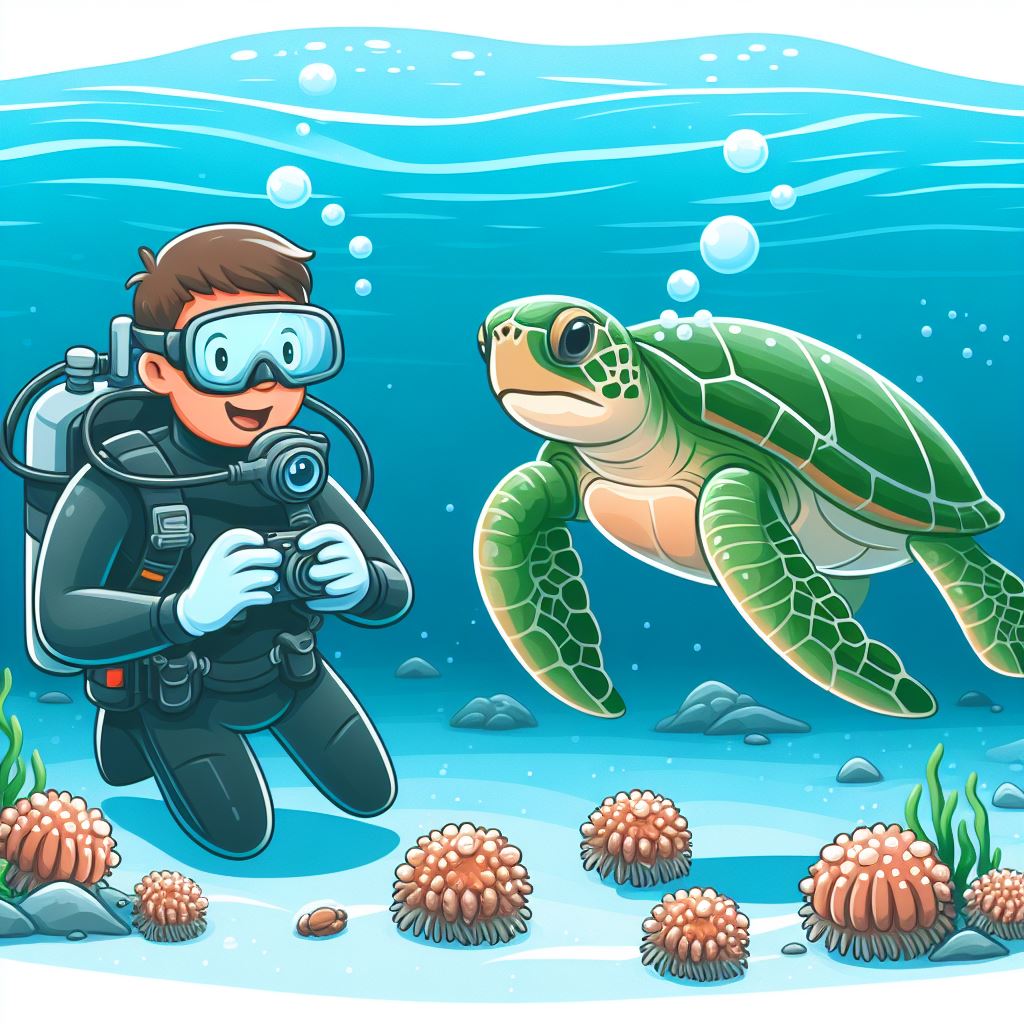No, barnacles are not harmful to turtles as they do not have a direct negative impact on their health or survival. However, barnacles can cause certain discomfort to turtles by creating additional drag in water, making it harder for them to swim efficiently.
Barnacles are a type of crustacean that attach themselves to various surfaces, including the shells of turtles. These tiny marine organisms are filter feeders, meaning they obtain their food by filtering small particles from the water. While barnacles themselves are not harmful to turtles, a heavy infestation can hinder their movements and overall performance in the water.
It is important for turtles to maintain a healthy and unobstructed shell to thrive in their marine environment.

The Impact Of Barnacles On Turtles
Barnacles are commonly found encrusting the shells and skin of turtles. The presence of barnacles on a turtle’s body can lead to various physical effects. Firstly, barnacle infestation can cause increased drag in the water, making it more difficult for turtles to swim efficiently. This can result in decreased mobility, affecting their ability to search for food and find mates. Another notable effect is the potential health risks for turtles. As barnacles attach to the shell or skin, they can create open wounds, providing entry points for bacteria and parasites. These infections can lead to inflammation, discomfort, and reduced overall health. Besides the physical impact, barnacles can also affect turtle behavior. Turtles may try to alleviate the discomfort caused by barnacles by rubbing their bodies against hard surfaces, leading to injuries or damage to their protective coating. Overall, barnacles can have detrimental effects on the health, mobility, and behavior of turtles, highlighting the importance of addressing and preventing infestation.

Mitigation And Management Of Barnacle Infestation
Are barnacles harmful to turtles? Let’s explore the mitigation and management of barnacle infestations. Turtles have their own natural cleaning mechanisms to reduce barnacle growth on their shells. These mechanisms involve interactions with other marine organisms, such as fish and shrimp, which consume the barnacles. Additionally, human intervention plays a crucial role in rescuing turtles from severe barnacle infestations. Experienced professionals use specialized tools and techniques to carefully remove barnacles without harming the turtles.
Preventive measures are essential to control barnacle growth on turtles. Regular monitoring and cleaning of turtles in captivity can help prevent infestations. Applying non-toxic coatings on the shells creates a slippery surface, making it difficult for barnacles to attach. Proper habitat maintenance, including regular water quality checks, can also reduce the likelihood of barnacle infestations.
| Mitigation and Management of Barnacle Infestation | |
|---|---|
| Natural Cleaning Mechanisms | Turtles have their own mechanisms to reduce barnacle growth, involving interactions with other marine organisms. |
| Human Intervention and Rescue Efforts | Experienced professionals intervene to rescue turtles with severe barnacle infestations without causing harm to the turtles. |
| Preventive Measures for Barnacle Control | Regular monitoring, cleaning, and applying non-toxic coatings on turtle shells can prevent barnacle infestations. |

Conclusion
Overall, barnacles can have a detrimental effect on turtles, as they can impede their movement, hinder feeding, and cause discomfort or even injuries. Therefore, it is crucial for the conservation of these magnificent creatures to monitor and prevent barnacle infestations.
Regular cleaning and monitoring of turtles’ shells can go a long way in ensuring their health and well-being. By understanding the potential harm barnacles can pose to turtles, we can take necessary actions to protect these amazing creatures and their habitat for generations to come.





Leave a Reply